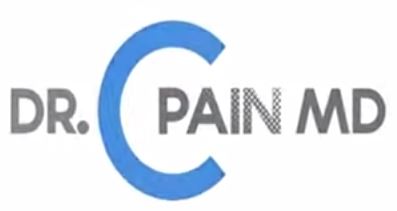What is a Glial Cell?
Glial cells are non neuronal cells of the central nervous system. That is, they are cells that don’t transmit and receive electrical signals as do the neuronal cells in the brain and spinal cord. They have historically been considered support cells, or a type of scaffolding that holds up the neuronal “thinking†structures of the brain. They were thought to play the role of housekeepers. Cleaning up debris, and insulating the neuronal cells of the central nervous system. There are a variety of different glial cells, but for our interests in Pain Medicine, there are two that are very important; the microglial cells and the astrocytes. There are other non neuronal cells in the central nervous system that participate in the pain response, but these are the two that are the easiest to study, and hence two that are the most studied. There are far more glial cells than there are neurons in the central nervous system.
Under baseline conditions, glial cells have no influence on pain, but once activated, they have the ability to enhance the pain experience and response. As I have discussed before, glial cells can be activated by illness or injury not related to the brain. A simple case of the flu can result in the activation of glial cells and lead to the sickness response-the feeling of wanting to curl up in a ball and die. It is also known that pain can also activate this glial cell response and the subsequent production of pro inflammatory cytokines.
Microglia
Microglia comprise around 10% of all glia in the central nervous system and make up about the same percentage of all the cells in the central nervous system. Most of the time, microglia function as immune cells in the central nervous system, but they can be activated by stimuli including infection, trauma and other stressors which causes them to change function. (Raivich G. Like cops on the beat: the active role of resting microglia. Trends Neurosci 2005;28:571–3) Microglia can then begin to migrate towards the cite of damage and release inflammatory mediators including cytokines. After the injury or insult resolves, they can revert back to normal, or they may enter a state where they are “primed†to respond again (Watkins LR, et al. Glia as the “bad guysâ€: Implications for improving clinical pain control and the clinical utility of opioids. Brain Behav Immun. 2007 February; 21(2): 131–146). Once they are primed, they may over respond to the next episode of pain. This is thought to be an explanation for why some people seem to be more sensitive to painful stimulation than others
Astrocytes
There are more astrocytes than neurons in the central nervous system. They are found tightly wrapped around most synapses in the central nervous system and are felt to influence nerve to nerve communication at the synapse. They are believed to enhance function at the synapse and with repeated activation they contribute to memory at the level of the synapse. They also act to provide energy to the nerve cells and aid in the production of chemicals found in the synapse between nerve cells. Astrocytes can become activated by the same conditions that activate microglia. When activated, microglia and astrocytes serve to enhance each others function.

